Last Friday, the Research Icebreaker CCGS Amundsen, with its 80 Green Edge and crew members, left Québec to Baffin Bay to study the impact of climate change on the phytoplankton spring bloom and its impact on local life. The leader of the mission, Marcel Babin, shared his first impressions with us.
Timothé: When did you start the mission and when will you reach the Arctic?
Marcel: The Green Edge oceanographic cruise started on June 3, 2016 from Quebec City. We are currently sailing in the northern Labrador Sea, heading towards Baffin Bay where we will arrive on June 9. We will then start an intensive sampling program for the five following weeks.
Anticipation, the highlight of the mobilization!
Canadian, French, Norwegian and US researchers had to organize their mission well in advance so that everything would be operational on the day of departure. From Eppendorf tubes to the spectrophotometer, they had to anticipate the equipment and laboratory supplies that they would need for their experiments in the Arctic aboard the Amundsen. Certain situations can be very challenging when you are far from technical support !
Most of the equipment belonging to foreign research groups was transported directly to the Coast Guard dock in Québec, where Amundsen was anchored awaiting loading.
T: Why such a mobilization?
M: The goal is to understand how marine life wakes up during spring when algae suddenly start growing quickly and feeding the entire marine food chain. The extent of the summer ice-pack in Arctic has been decreasing by about 40% since 1979. Therefore, an increasing fraction of the ocean is getting exposed to sunlight earlier during spring and at higher latitude. We wonder how spring blooms of marine life will respond to this major change. Whether or not biological activity will change significantly in a ice-free Arctic Ocean (during summer), which is predicted to happen around 2050. Any change in marine life will have impact on biodiversity as well as on food resources from the sea.
Scientists and sailors rolled up their sleeves to load the equipment and supplies aboard the icebreaker. Using a mechanized crane, all of the equipment was at first unloaded onto the main deck of the ship, before being subsequently distributed to individual laboratories. Then it was time to empty the boxes and make each of the ship’s labs functional!
The conditions on board are of course not the same as those to which the researchers are accustomed in their home laboratories. On the Amundsen, workspaces are much smaller and several teams are often forced to share the same premises. By organizing their laboratories, they all must ensure that the layout of their space is optimized for work in these special conditions.
T: How many scientists will share the laboratories?
M: 40 scientists from Canada, France, USA, Denmark and Norway are conducting this work.
Autonomous platforms and new technologies onboard
For the Green Edge project, the Amundsen has been turned into a veritable traveling research center. In addition to the dozen laboratories, there are hi-tech underwater gliders and profiling floats that will measure physical and biochemical variables in the marginal ice zone using specialized sensors. Newly developed technology will allow sampling to be conducted at specific GPS coordinates and at predetermined depths. Two examples are the ROV, (remotely operated vehicle) and the rosette, which can recover a dozen samples in Niskin bottles in a single cast. Individual labs contain much more specialized instruments, enabling researchers to conduct a wide variety of measurements. The mass spectrometer is one such apparatus. It is essential for bio optical water analysis.
T: What are we going to measure with all these equipment on board?
M: During this scientific campaign, we will measure all environmental factors that control life during spring, and how they evolve during that season. This will include physical, chemical and optical properties of snow, sea-ice and seawater, the amount of nutrients available for algae, the production of micro-algae, bacteria, zooplankton and fish, their diversity, the export of food to the sea bottom and how it sustains benthic organisms. We will also look at how birds benefit from marine food sources during spring in the marginal ice zone.
Le soleil: 01/06/2016
Le soleil: 03/06/2016
Radio Canada
Le journal de Québec

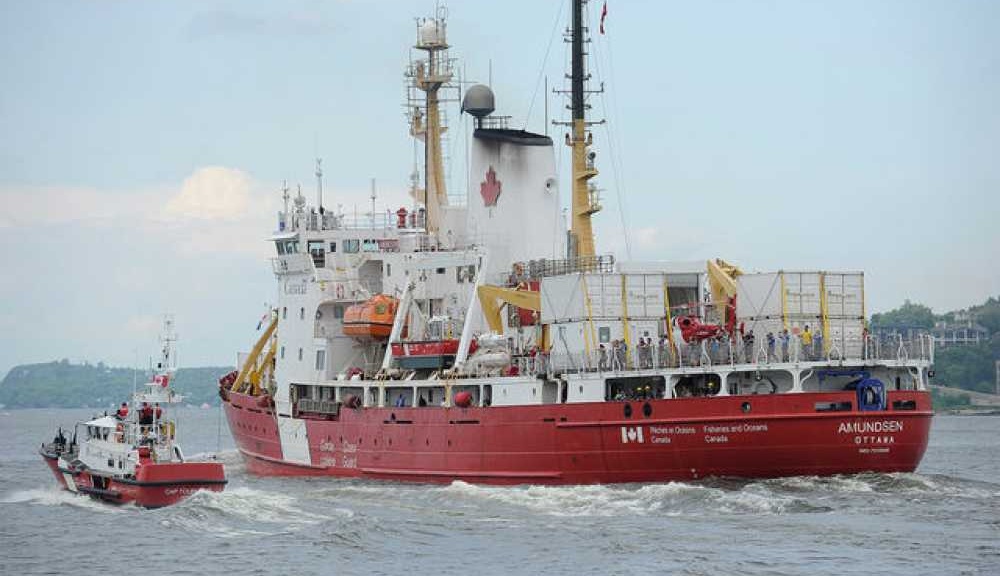
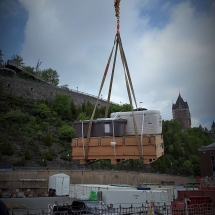
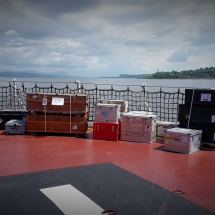
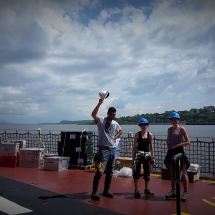
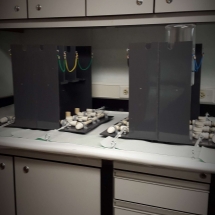
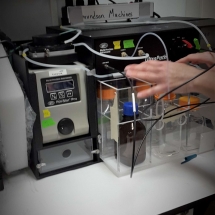

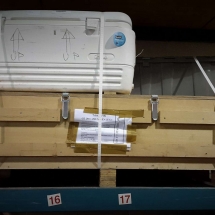
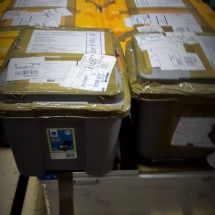
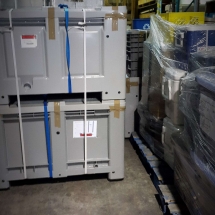

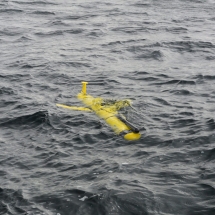
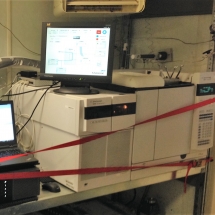

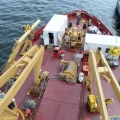
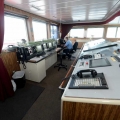
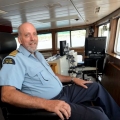
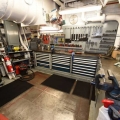
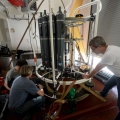


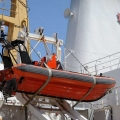
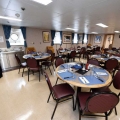
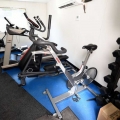
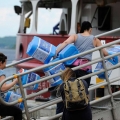
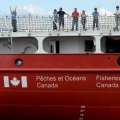
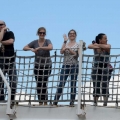
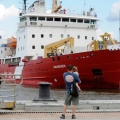
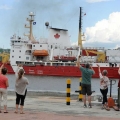
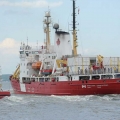





One thought on “Scientists on their way to the Arctic”